
Debbi Kenote on Being Creative and Staying True to Yourself as an Artist


Welcome to our latest Arts to Hearts Podcast episode. In this episode, Debbi Kenote discusses her background, influences, and creative process. She shares her thoughts on the role of art in society, the importance of community, and the challenges of being a working artist.
Debbi also talks about her family’s creative background, including her father’s woodworking and her grandmothers’ sewing, and how it influenced her artistic journey. Additionally, Debbi and Charukaarora discuss the cultural differences in art consumption and production between the West and India. The conversation also delves into Debbi’s experience adjusting to living in New York City and the city’s diversity.
Finally, Charuka Arora’s question about maintaining authenticity in the New York art world prompts a thought-provoking discussion on the challenges of staying true to oneself while navigating a different cultural landscape.
So, Join us for all this and more, as we continue to support our fellow women creatives and artists. Don’t forget to like, subscribe, and share this episode with your creative and artistic community!



Watch & Listen to this podcast Episode.
About Debbi Kenote
Debbi Kenote, b. 1991 is a New York-based artist who received her BFA from Western Washington University and her MFA from Brooklyn College. She has exhibited at galleries internationally, including shows at Hollis Taggart, Duran|Mashaal Gallery, Cob Gallery, Fir Gallery, Page Bond Gallery, Peep Space, and the Peekskill Project.

Her work has been on display at several art fairs, including Art Toronto, Art Papier, Future Fair, and SPRING/BREAK Art Show. Kenote’s work has been published through the Galleries Now Weekender, Elle Magazine, Innovate Grant, Duran|Mashaal, The Hopper Prize, Art of Choice, Page Bond Gallery, and Otra Vox. Her work is collected worldwide and has been placed in several collections, including the Capital One corporate collection.
Kenote has been an artist in residence at the Saltonstall Foundation, Cob x PLOP Residency, Vermont Studio Center, DNA Residency, Nes Artist Residency, and CAI Projects. In 2022 she was a finalist for the Innovate Grant and in 2021 she was shortlisted for the Hopper Prize. She has curated exhibitions at SOIL Gallery, Open House, and the 2018, 2019, and 2021 SPRING/BREAK Art Shows.
Key Highlights from the Episode
Art is a powerful tool that allows us to connect with our emotions, express our ideas, and explore the world around us. In this thought leadership article, we explore the intersection of art and life with artist Debbi Kenote. Debbi is a painter and sculptor based in New York City, whose work explores the history of folk art and craft movements. In this article, we delve into her personal journey as an artist, her inspirations, and the role of art in our lives.

Finding Inspiration in Rural America
Debbi’s upbringing in a rural area without much exposure to art did not diminish her creativity. In fact, it influenced her work in a profound way.
“Growing up not seeing a lot of art definitely shaped the kind of things I make now,” says Debbi. “I’m really interested in craft movements and folk art, and the history of people from different backgrounds making art that wasn’t necessarily made for the museum or the gallery.”
Debbi’s work is a testament to the power of creativity and the ways in which our surroundings can influence our art. While she did not have access to museums or galleries growing up, she found inspiration in the natural beauty of her surroundings and the work of other artists.
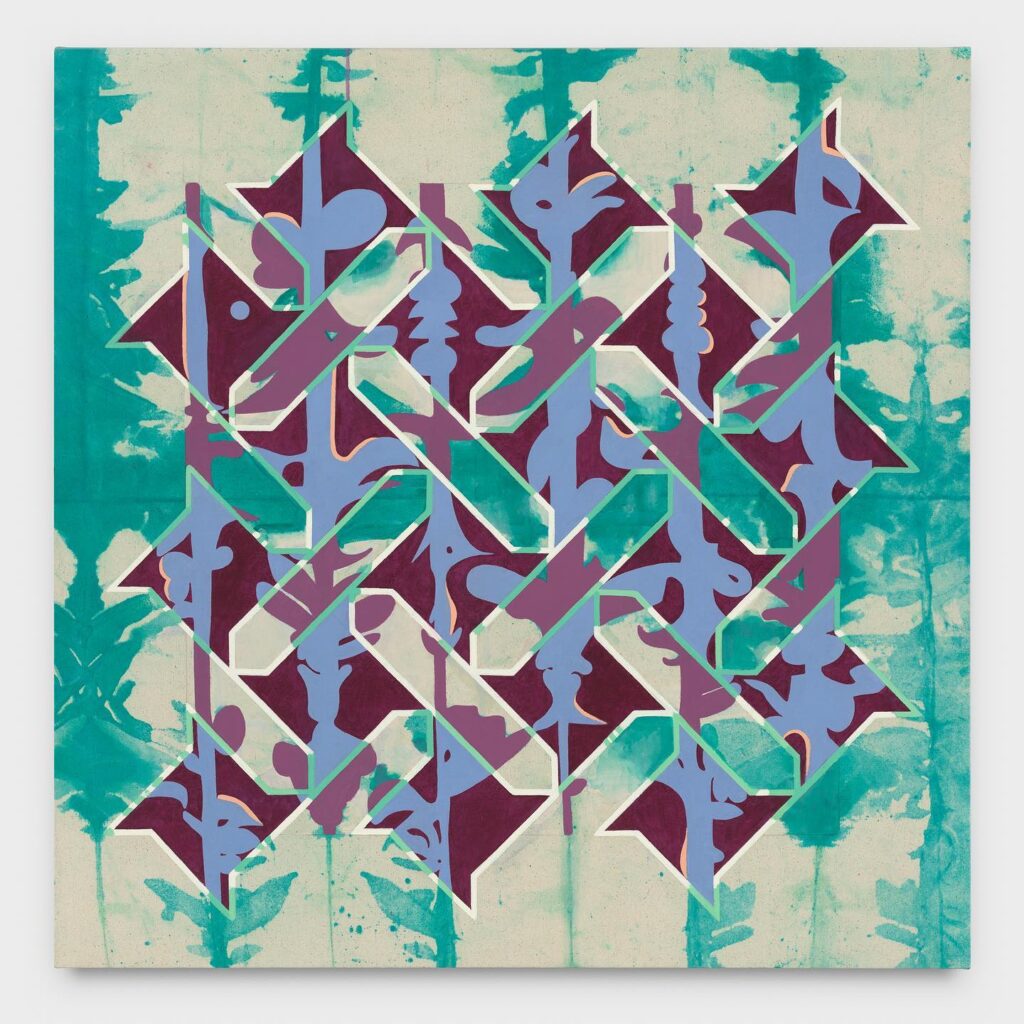
The Importance of Three-Dimensional Art
Debbi’s work is not limited to painting. She also has a degree in sculpture, which has influenced her approach to art. For Debbi, three-dimensional art is just as important as painting. “I think three-dimensional aspects definitely come into my work and influence my work,” says Debbi.
“I’m interested in the ways in which we interact with art and the ways in which art can be integrated into our lives.”
This integration of art into our lives is an important theme that runs throughout Debbi’s work. She believes that art should not be limited to museums and galleries, but should be a part of our everyday lives.
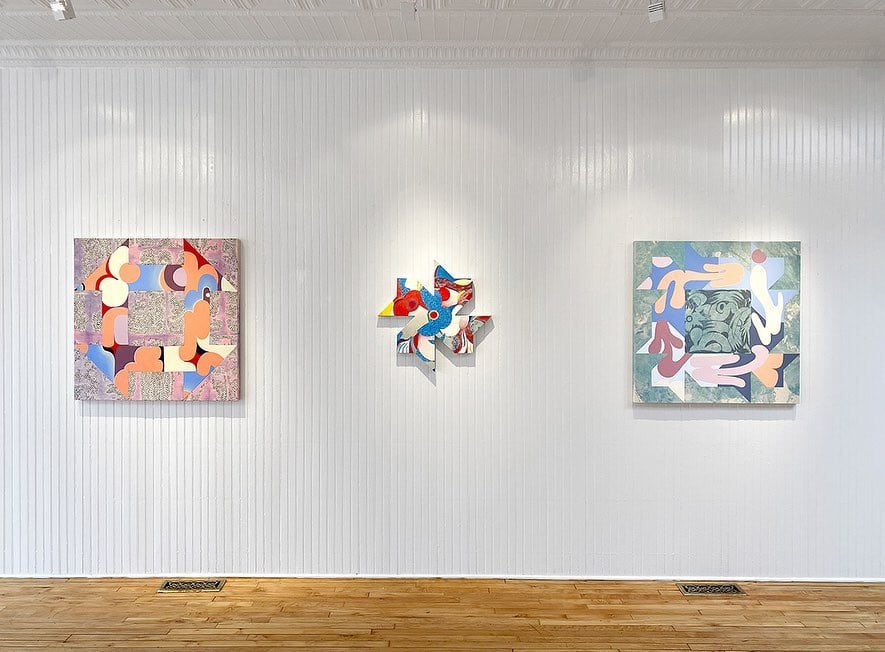
The Role of Art in Society
According to Debbi, art has the power to connect us with our emotions and with each other.
“I think art is important because it allows us to connect with our emotions and with the world around us,” says Debbi. “It allows us to see things from different perspectives and to connect with other people.”
In a world that is increasingly divided, art has the power to bring us together. It allows us to see the world through someone else’s eyes and to connect with people who are different from us. This is especially important in today’s world, where we are often isolated from each other.
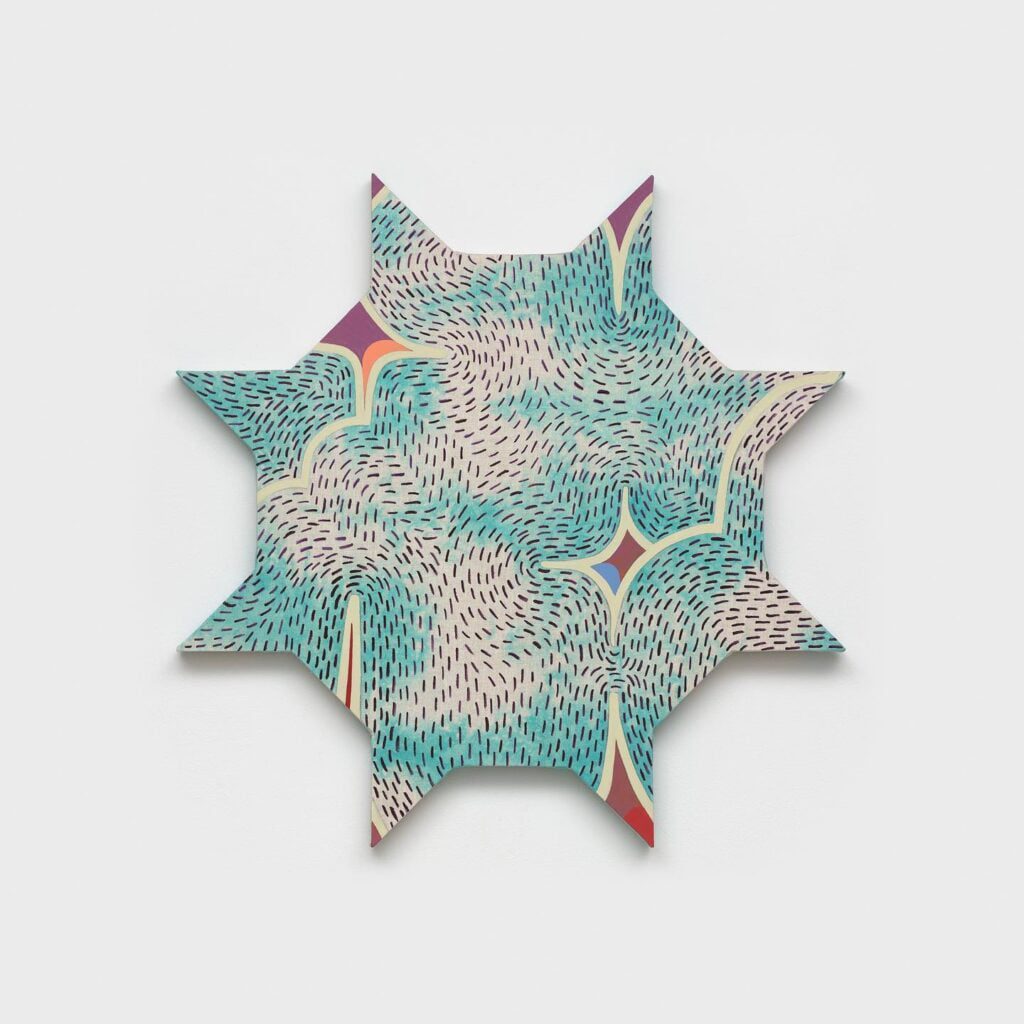
Overcoming Financial Hurdles as an Artist
Debbi’s upbringing in a family with limited financial resources made pursuing her passion for art challenging. “I definitely didn’t grow up with any money at all,” says Debbi. “There wasn’t any financial extra stuff going on, and so we were really creative.” Despite these challenges, Debbi persevered and pursued her passion for art, eventually earning a degree in sculpture.
The Influence of Family on Art
Debbi’s family background has had a significant influence on her art. Her father was skilled in woodwork and built their family home, while her grandmothers were seamstresses who sewed many of her clothes growing up.
“I think there was definitely hesitancy from my parents about what I was going to do with an art degree,” says Debbi. “But surprisingly, I feel like maybe because they had so many kids, they were like, ‘This one kind of goes off the path a little, it will be okay like everybody else.'”
Despite her family’s practical career choices, Debbi’s parents were supportive of her passion for art. Her father, who comes from a family of musicians, understood the creative drive, and her mother, while not a fan of sewing, recognized that art was an integral part of who Debbi was.
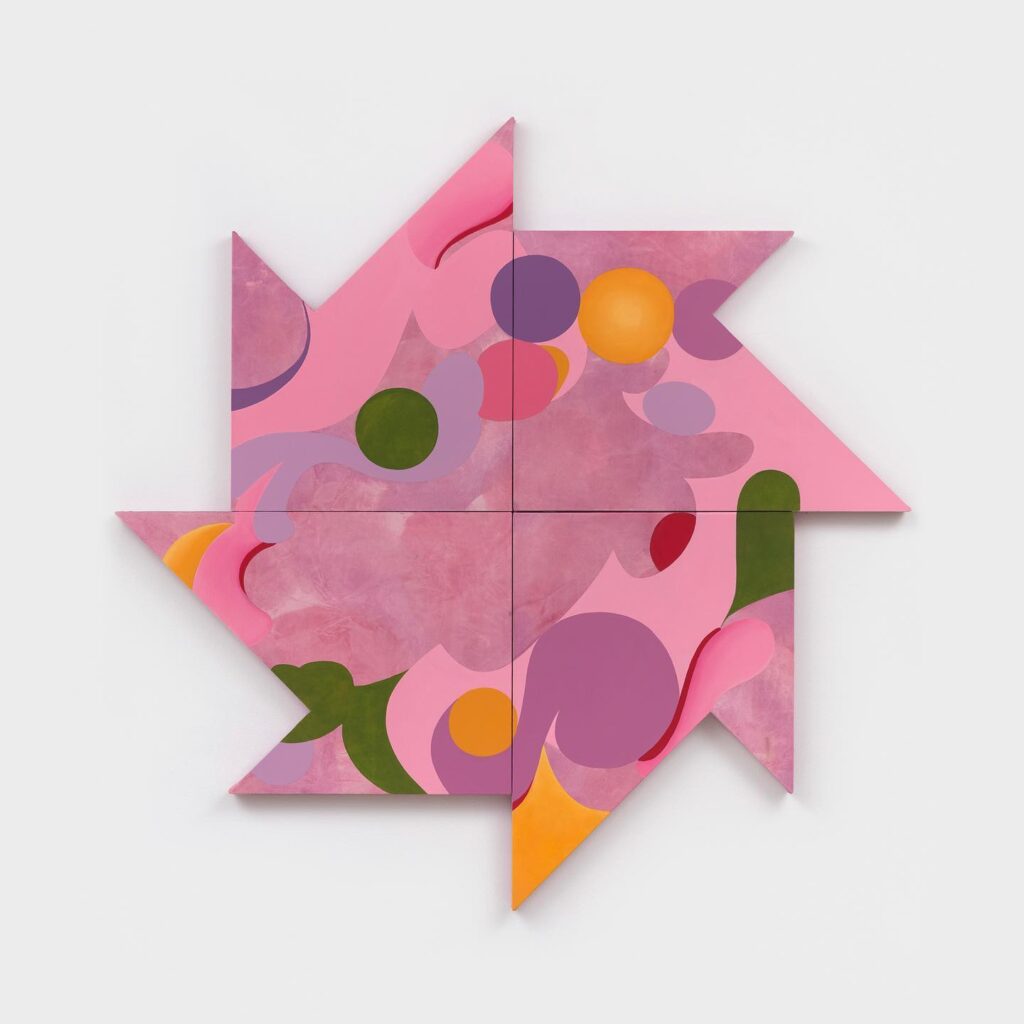
Adjusting to Life in New York City
Debbi’s move from rural America to New York City was a significant cultural adjustment. “It was a hard adjustment,” says Debbi. “New York is very blunt. They’re really aggressive. But they actually are really kind.”
Despite the challenges, Debbi found inspiration in the diversity of New York City. “I like getting in line for my food and I love how it is,” says Debbi. “I think I spent every day on the train just absorbing the different people and how they dress. I was needed and inspired by all the different fashion things.”
Navigating the New York Art World
Debbi’s transition into the New York art world was a stark contrast to her upbringing. “It is a very different art scene from where I grew up,” says Debbi. “I never had a chance to be an adult in the Northwest without being a student.”
However, Debbi has found a way to navigate the New York art world while staying true to herself.
“I think my experience growing up in a rural area without much exposure to art has actually helped me navigate the art world,” says Debbi. “It allows me to see things from a different perspective and approach my work uniquely.”
Embracing Identity and Diversity in Art
Debbi’s experience of living in New York City has also influenced her approach to art. She believes that diversity and identity are important themes that should be embraced in art. “I think it’s essential to embrace diversity and identity in art,” says Debbi. “It allows us to see different perspectives

Liked what you read?
Listen to this & other episodes on










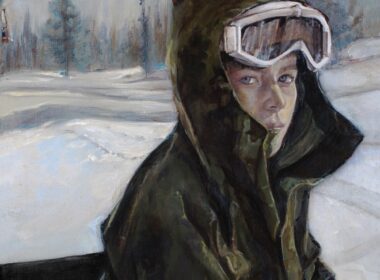


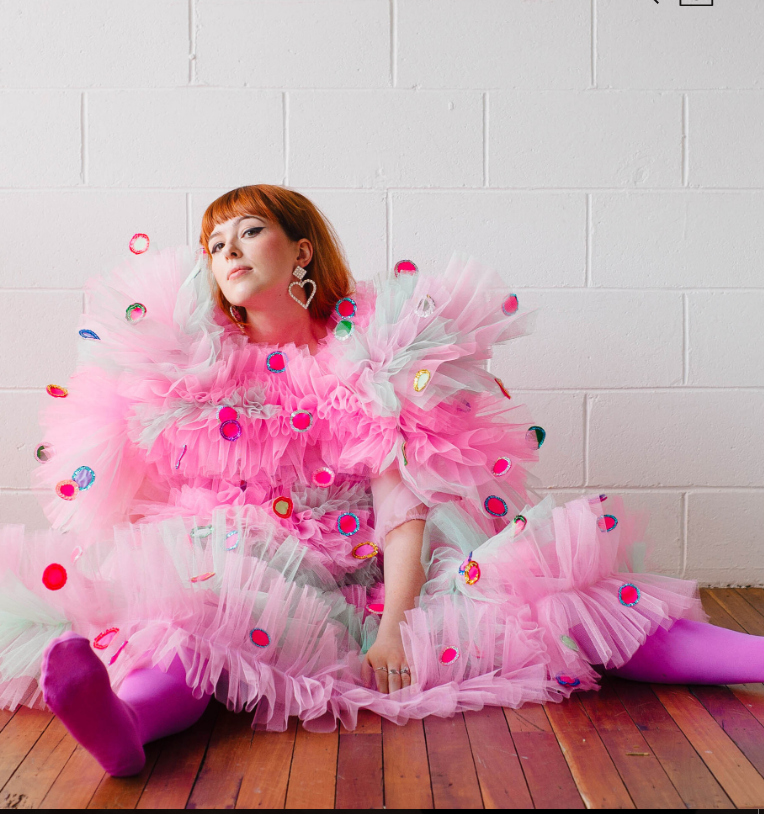



Comments 15